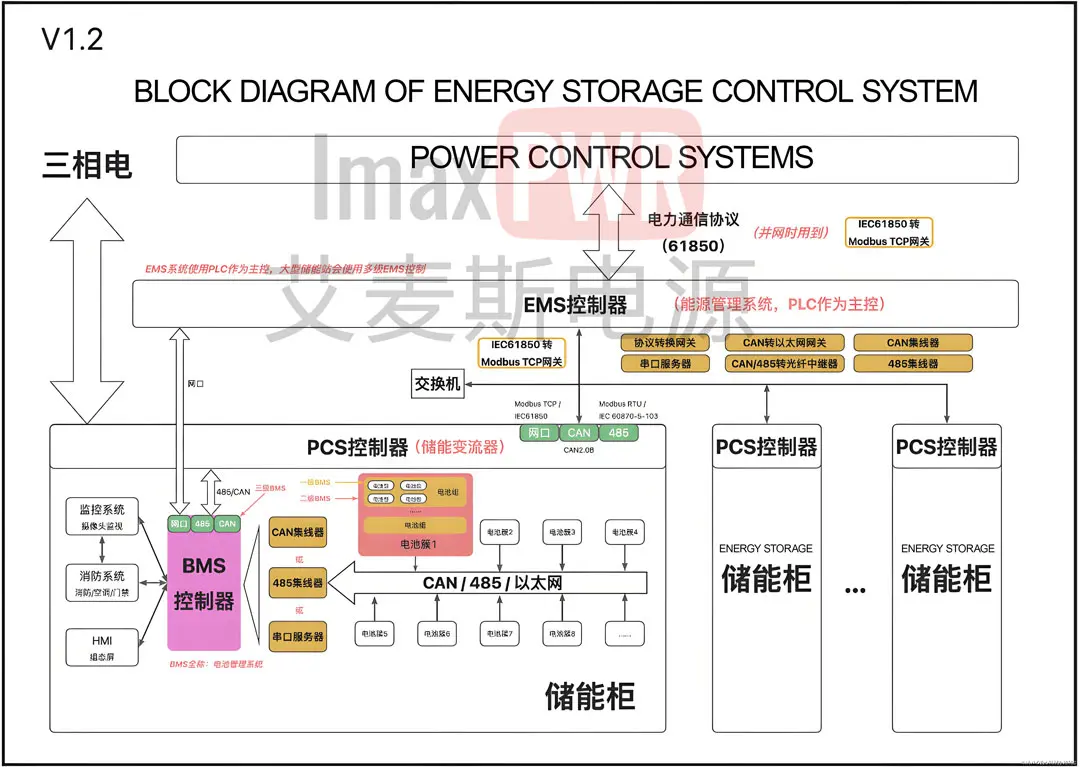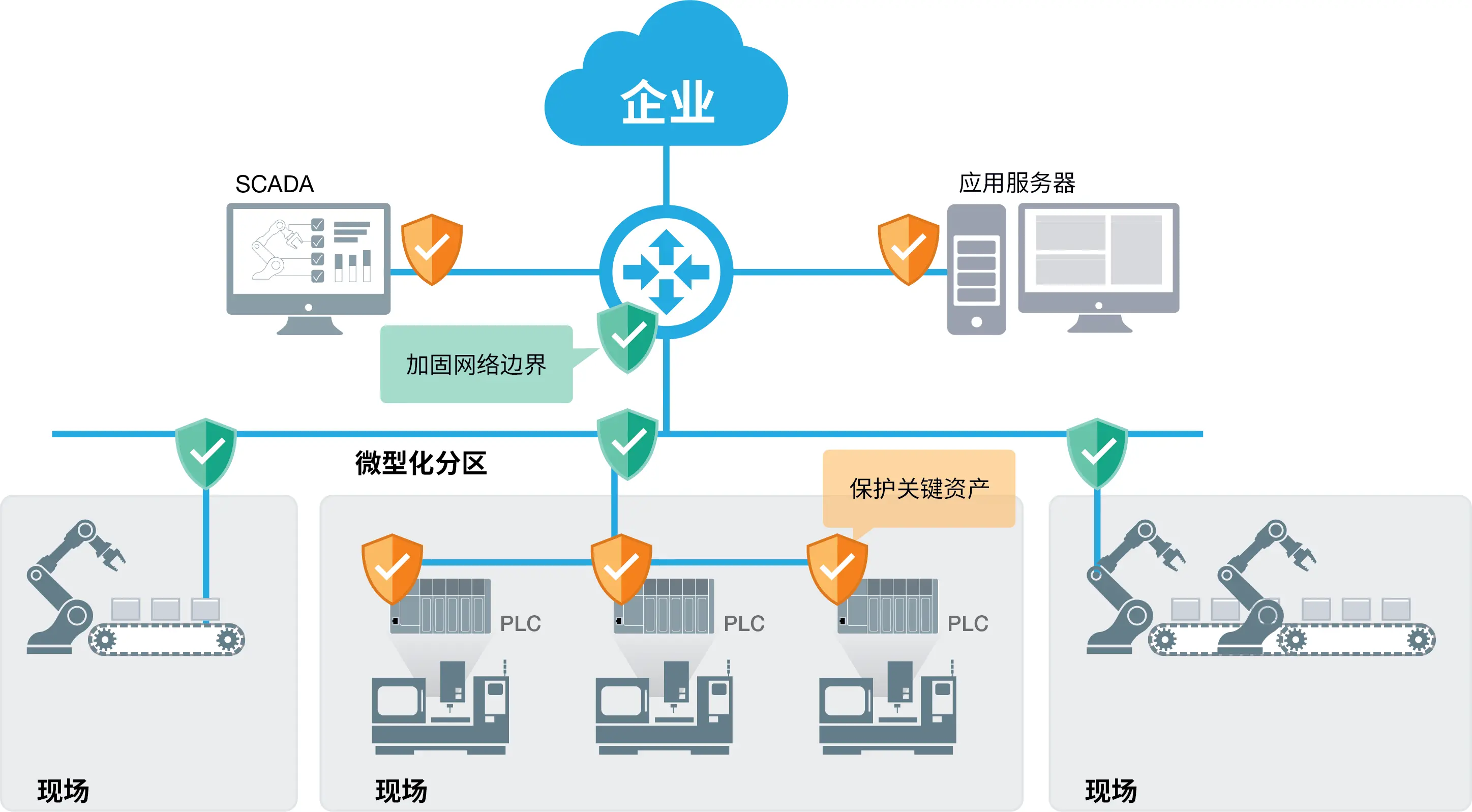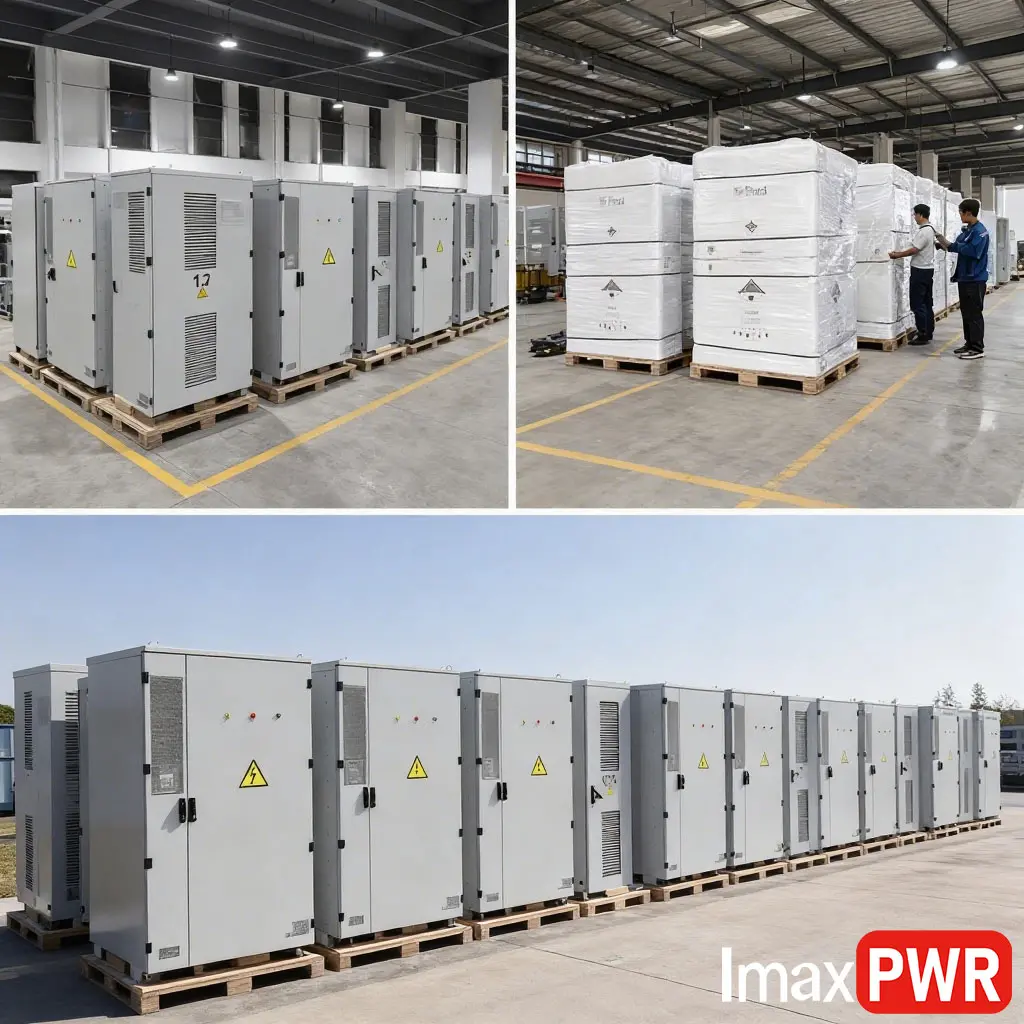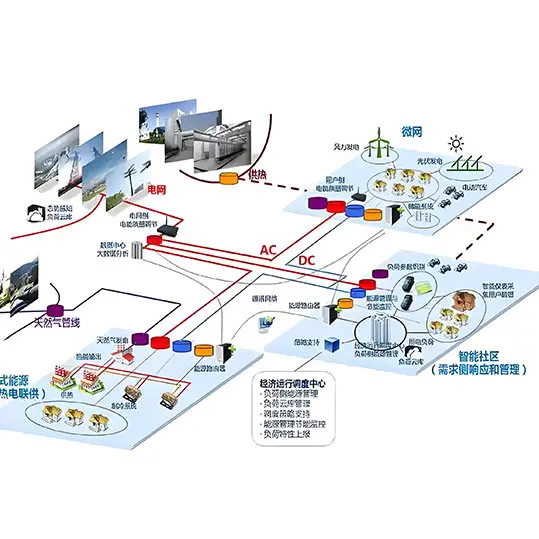Industrial park microgrid energy storage
1. Background of Energy Storage Demand
Industrial parks, as important carriers of economic development, typically concentrate a large number of industrial enterprises and production facilities. With the advancement of energy transition and sustainable development, industrial parks have raised higher requirements for the stability and flexibility of energy supply. Microgrids, as intelligent grid systems that integrate distributed energy sources (such as solar, wind, and energy storage), can effectively enhance the energy utilization efficiency and power supply reliability of parks. Energy storage systems play a crucial role in this context.
2. Role of Energy Storage Systems in Industrial Park Microgrids
- Smoothing Renewable Energy Fluctuations: Industrial parks are often equipped with a significant amount of distributed photovoltaic power generation systems. Due to the intermittent and fluctuating nature of solar power generation, energy storage systems can store excess electricity and release it when generation is insufficient, thereby smoothing power output and ensuring supply stability.
- Peak Shaving and Valley Filling: The power load in industrial parks typically exhibits distinct peak and valley characteristics. Energy storage systems can store electricity during low-demand periods and release it during peak-demand periods, reducing the peak load of the park and lowering electricity costs.
- Backup Power Supply: In the event of grid failures or power outages, energy storage systems can serve as backup power sources, providing emergency power support for critical equipment and production facilities in the park, ensuring the continuity of production activities.
- Participation in Power Market Trading: By integrating with Virtual Power Plants (VPPs), energy storage systems can participate in power market trading, selling excess electricity to the grid and generating additional revenue.
3. Scale of Energy Storage Demand
- Installed Capacity Demand: Based on the park’s power load and the scale of renewable energy installations, the installed capacity demand for energy storage systems typically ranges between 10%-30% of the park’s total power load. For example, an industrial park with an annual electricity consumption of 100 million kWh may require an energy storage system with an installed capacity of 1,000-3,000 kWh.
- Energy Storage Technology Selection: Lithium-ion batteries are currently the most widely used energy storage technology, offering advantages such as high energy density, long lifespan, and high charge-discharge efficiency, making them suitable for various application scenarios in industrial park microgrids. Additionally, emerging energy storage technologies such as sodium-ion batteries and flow batteries are gradually being commercialized, meeting long-duration energy storage needs.
4. Economic Analysis of Energy Storage Systems
- Investment Costs: The initial investment cost of energy storage systems is relatively high, primarily including equipment costs such as storage batteries, inverters, and management systems. With technological advancements and规模化 production, the cost of energy storage systems is gradually decreasing.
- Operational Costs: The operational costs of energy storage systems mainly include equipment maintenance and battery replacement expenses. Through proper operation and maintenance management, the lifespan of energy storage systems can be extended, reducing operational costs.
- Revenue Sources: The main revenue sources for energy storage systems include peak-valley price differentials, participation in power market trading, and reduced outage losses. By optimizing the operation strategy of energy storage systems, their economic benefits can be maximized.
5. Policy and Market Environment
- Policy Support: Many countries and regions have introduced policies to support the development of energy storage systems, such as subsidies, tax incentives, and mandatory energy storage allocation policies. These policies help reduce the investment costs of energy storage systems and promote their application in industrial parks.
- Market Demand: With the increasing global emphasis on clean energy, the demand for energy storage systems in industrial parks is also growing rapidly. Particularly in emerging markets such as Africa and Southeast Asia, the demand for energy storage systems is growing even more significantly.
6. Future Development Trends
- Technological Advancements: Continuous advancements in energy storage technology will further enhance the performance and economic viability of energy storage systems. For example, new battery technologies and intelligent energy management systems will bring more opportunities for energy storage applications in industrial park microgrids.
- Multi-energy Complementarity: Future industrial park microgrids will increasingly adopt multi-energy complementarity models, integrating energy storage systems with renewable energy sources such as solar, wind, and hydrogen. This model can further improve energy utilization efficiency and enhance the energy resilience of parks.
- Digitalization and Intelligence: Through technologies such as the Internet of Things (IoT), big data, and artificial intelligence, energy storage systems will achieve more efficient operation management. For example, intelligent energy management systems can optimize the charge-discharge strategies of energy storage systems based on real-time data, improving system operation efficiency and economic benefits.
7. Case Study
- Energy Storage Application Case in an Industrial Park: An industrial park with an annual electricity consumption of 120 million kWh installed a 3,000 kWh lithium-ion battery energy storage system. Through peak shaving and participation in power market trading, the park saved approximately 1.5 million yuan in electricity costs annually and reduced outage losses by about 500,000 yuan. The energy storage system recouped its investment costs within 5 years and continues to bring sustained economic benefits to the park.
8. Conclusion
Energy storage systems in industrial park microgrids play a significant role in improving energy utilization efficiency, ensuring power supply reliability, and reducing electricity costs. With technological advancements, policy support, and growing market demand, the application prospects of energy storage systems in industrial parks are vast. In the future, energy storage systems will be integrated with various renewable energy sources, forming a more intelligent and efficient energy supply system, helping industrial parks achieve sustainable development goals.
References:
- Global Energy Storage Market Landscape Review and Outlook | In-depth Analysis
- 2025 Global Energy Storage Market Outlook: Surging Demand for New Energy Storage, Rise of Residential Storage in Emerging Markets, Intense Competition in Industrial and Commercial Storage







